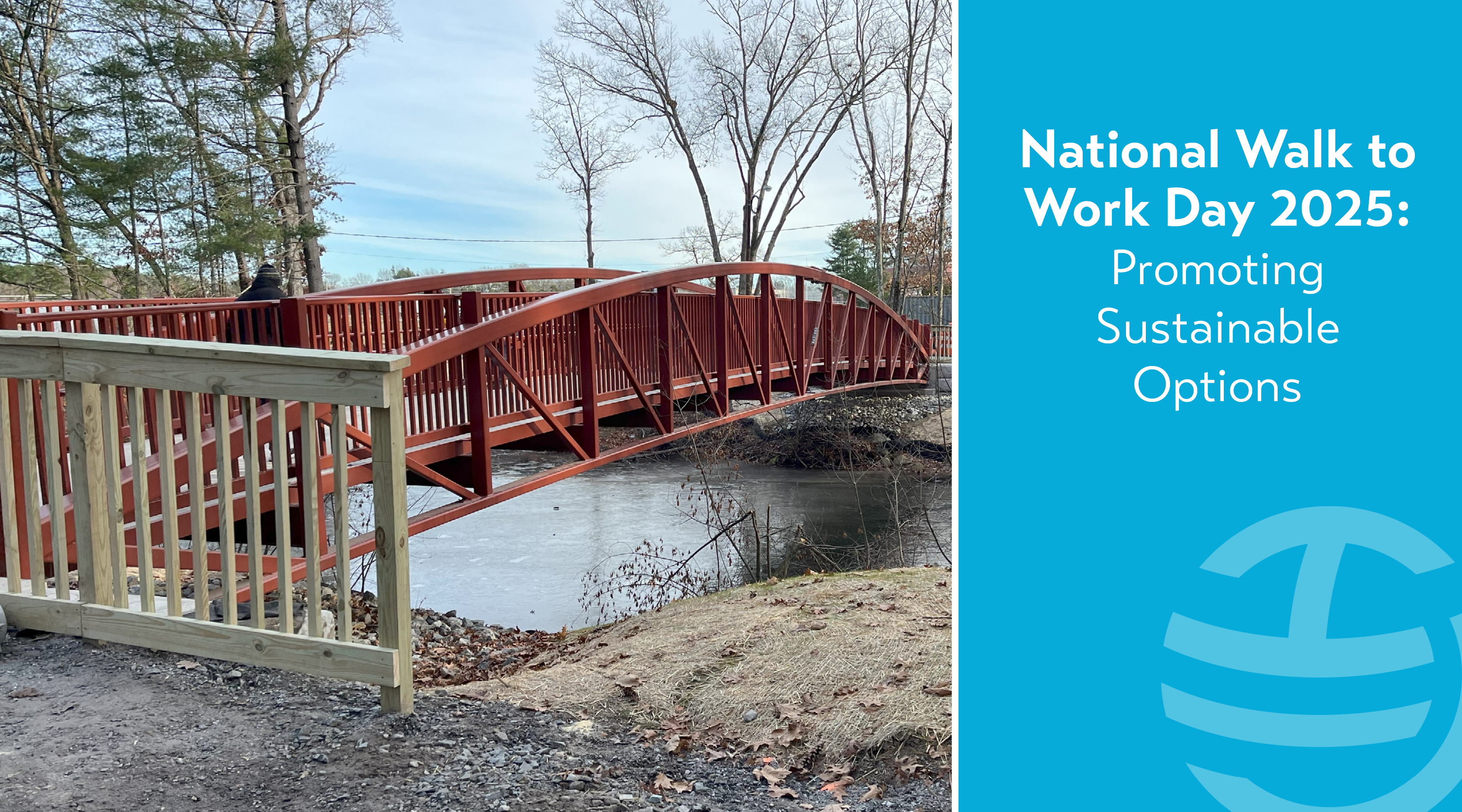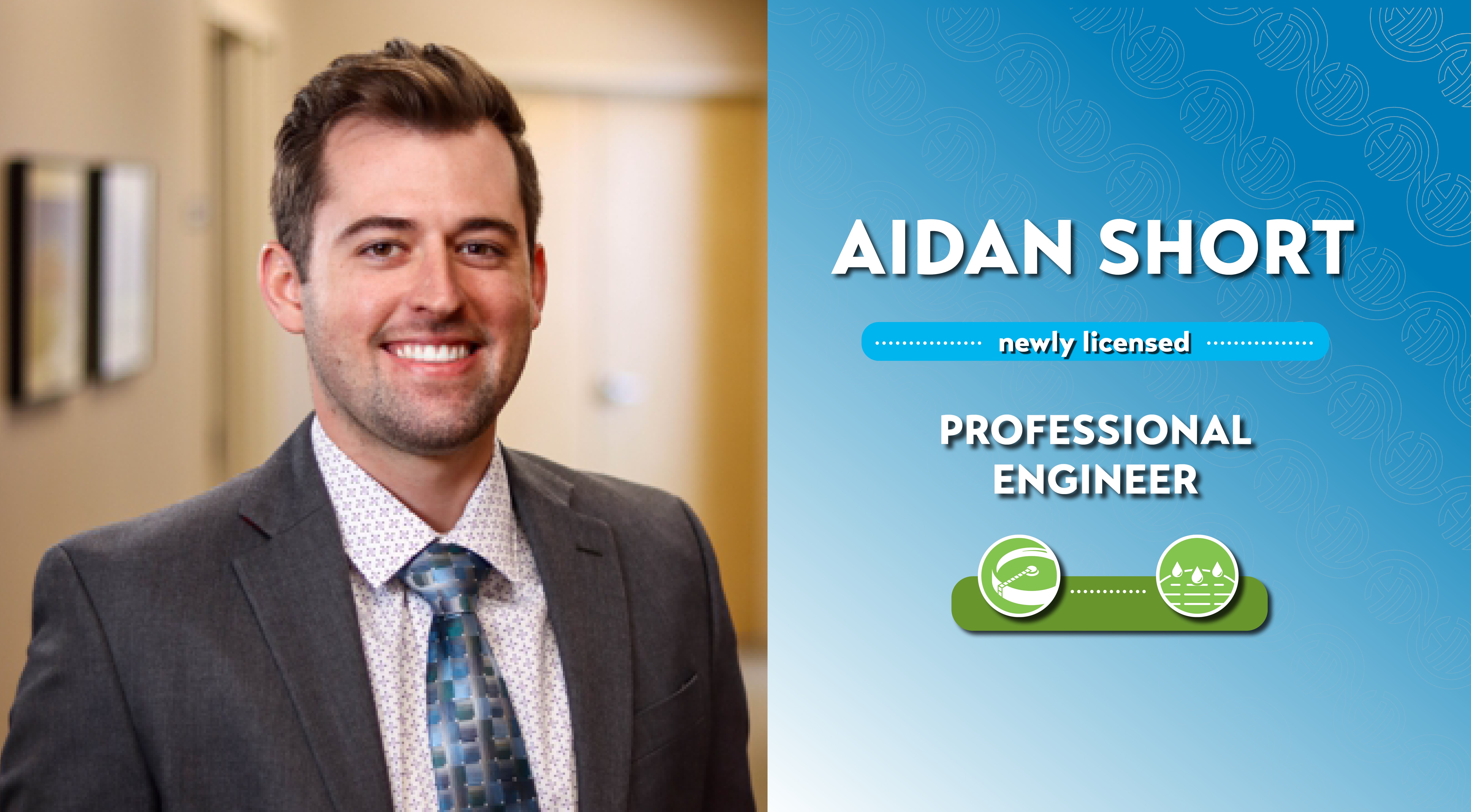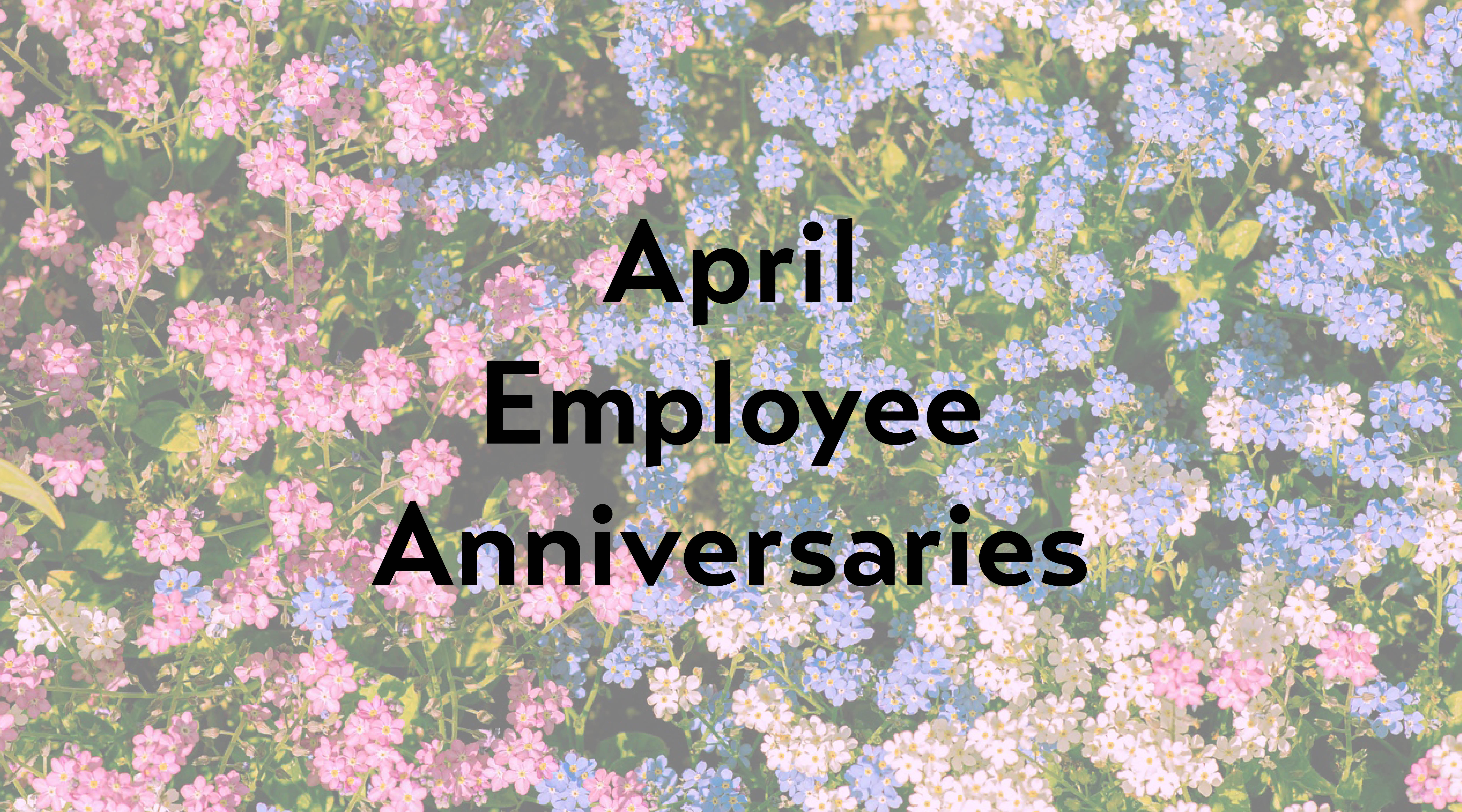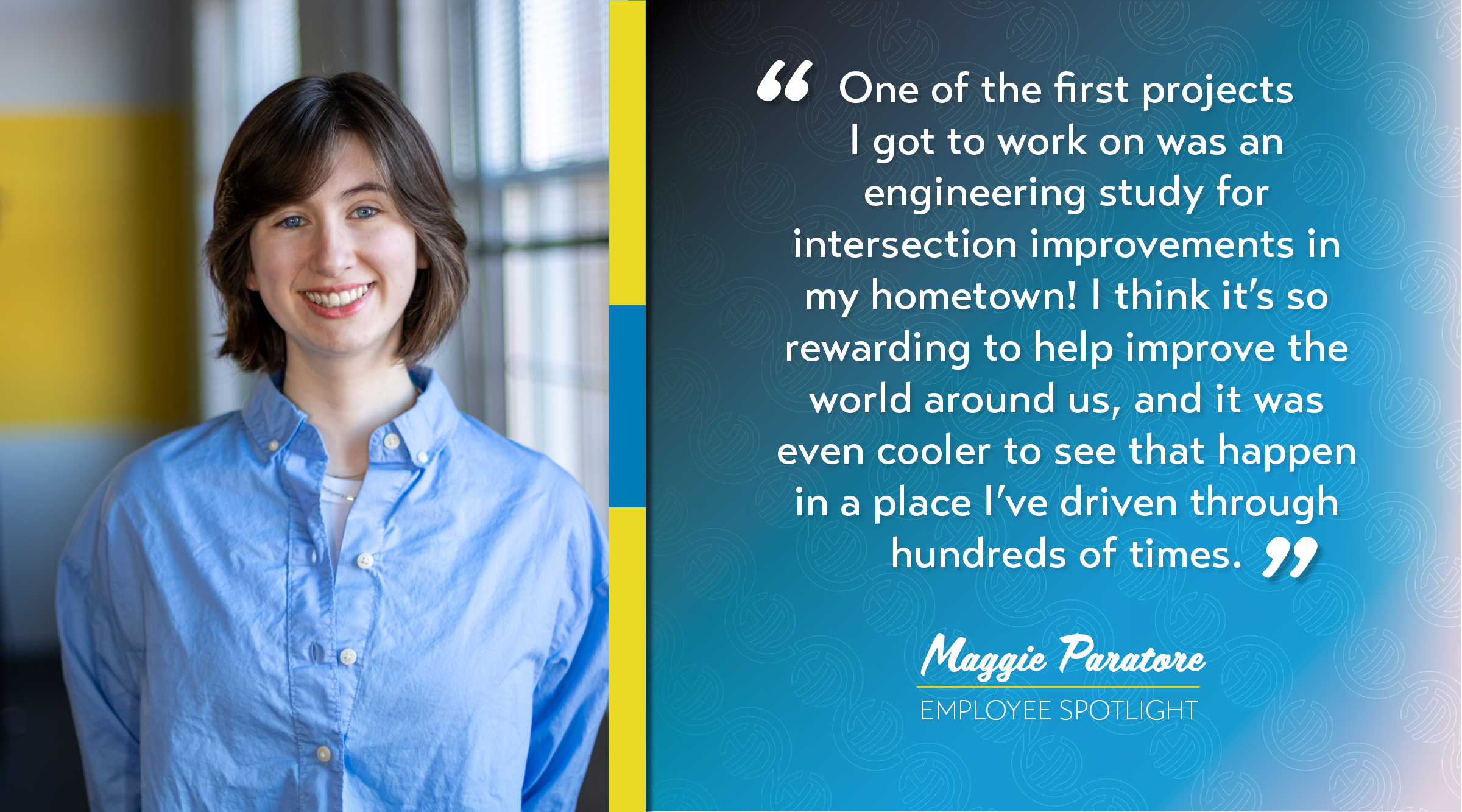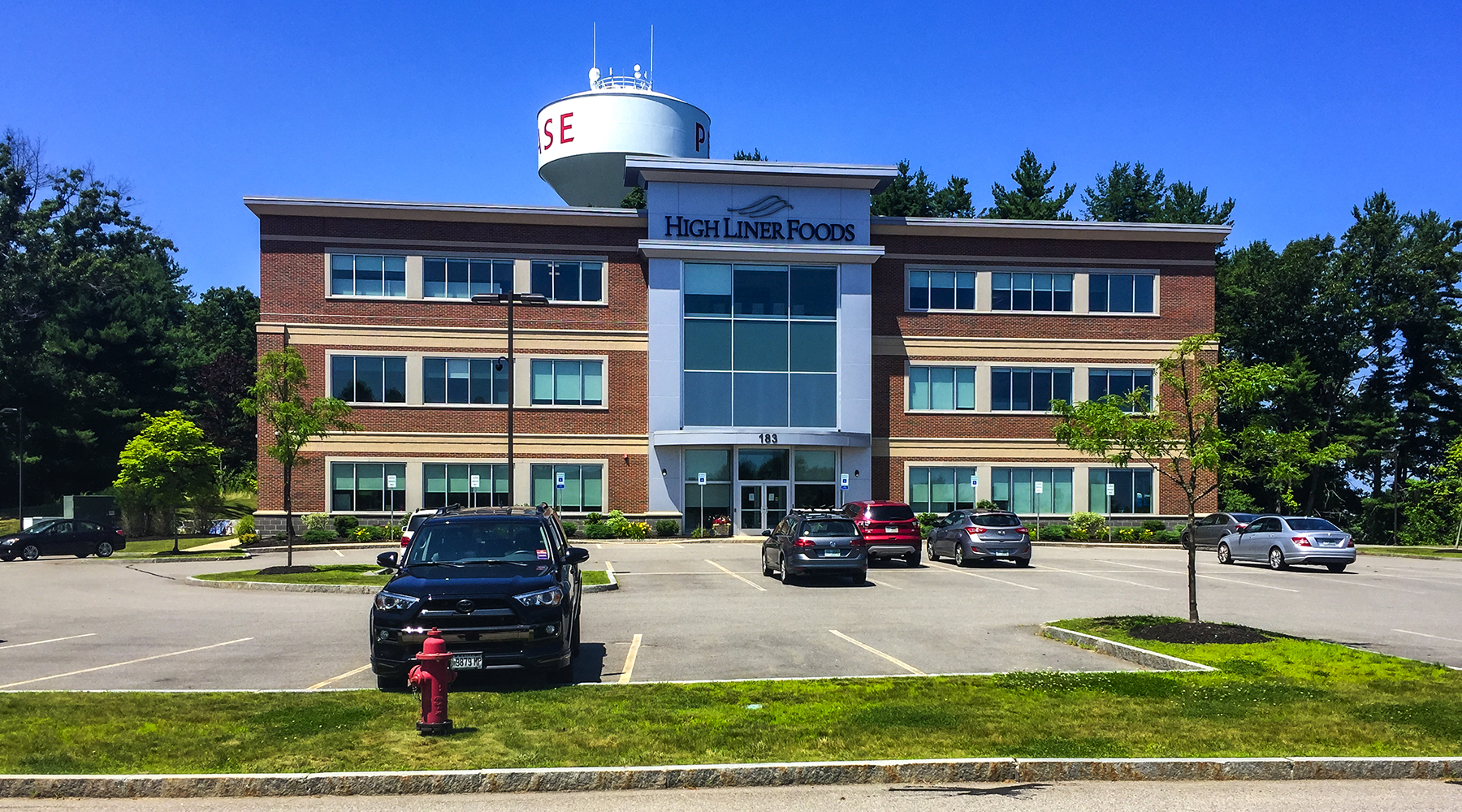*This article was originally published in 2015 and has been updated in 2020.
The elements of a successful asset management program are similar from one project to the next, but each community will have specific challenges and needs that define their program. Below is a description of the ‘core elements’ that form the foundation of an asset management program designed to be a short and long-term decision-making tool that community stakeholders update regularly as needs are addressed over time. The program provides a methodical process of organizing, operating, maintaining, renewing, and disposing of tangible assets while tracking each asset’s useful life and risk of failure to ensure the greatest return on investment.
By creating an asset management program, communities can balance the cost of making repairs and upgrades to aging assets while maintaining a high level of service for the community.
- VISION STATEMENT – Define community-specific vision statement to communicate to all stakeholders, the purpose and overarching goals of what asset management will do for the community.
- ASSET INVENTORY – Create an asset inventory, including a naming convention specific to the community, that identifies the location and all pertinent information known about each asset.
- LEVEL OF SERVICE (LOS) WORKSHOP – Conduct a workshop to gather input from a cross-section of stakeholders and ratepayers to develop a level-of-service matrix summarizing goals that are sustainable, measurable, achievable, relevant and timely (SMART). In maintaining an asset management program over time, also include methods to evaluate and reassess (SMARTER) levels of service to make sure they continue to meet the goals and needs of the stakeholders.
- PRIORITIZATION OF ASSETS – Prioritize assets based on condition assessment and criticality by developing a risk assessment matrix comparing likelihood of failure versus consequence of failure to prioritize assets and to visualize the state of the community’s assets.
- LIFE CYCLE COST ANALYSIS (LCCA) – Analyze life cycle costs of each asset including capital costs, operating costs (including energy costs for all vertical assets) and maintenance costs for the life of the assets.
- FUNDING STRATEGY – Identify a funding strategy for asset maintenance and replacement that identifies the current day value of the assets as well as defines the need for increased revenue over time for the long-term management of the assets.
- CAPITAL IMPROVEMENT INVESTMENT PLAN (CIIP) – A summary of findings on asset condition and need for replacement should be used to develop a CIIP so the community can schedule repairs and replacements in a logical manner while managing the financial impacts to the community.
- IMPLEMENTATION PLAN – Develop an implementation plan that describes how the community will continue to maintain and use the asset management program and how the community will incorporate energy and water conservation into day to day operations.
- COMMUNICATION PLAN – Prepare a communication plan using the most effective methods to communicate to stakeholders the benefits of the asset management program and its capabilities.
To learn out more about the Asset Management services we provide to our clients please contact Joe Ducharme, Jr., PE, Regional Manager for our Northeast Municipal Engineering Group.

